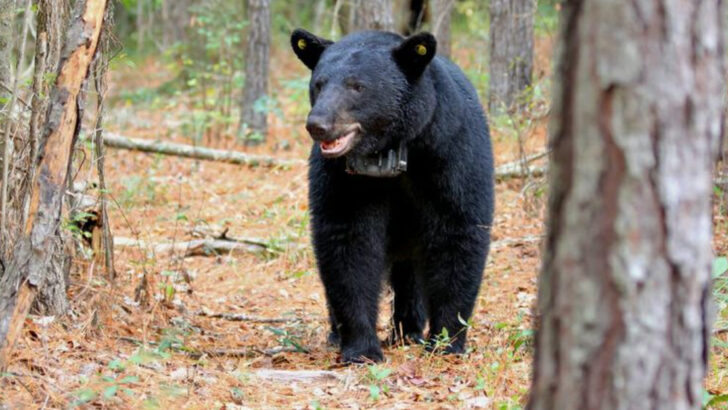They can climb a tree faster than you can tie your shoes—and they’re probably watching you before you ever see them. American black bears are full of surprises. They nap in trees, snack on insects, and occasionally stroll through backyards like they own the place. But behind that fluffy face is a creature far more complex—and way more clever—than most people realize. Forget everything you think you know. These bears have secret skills, wild habits, and a knack for survival that’s nothing short of impressive. Here are 10 mind-blowing facts about black bears that might just change how you see North America’s most misunderstood mammal.
Color Variations
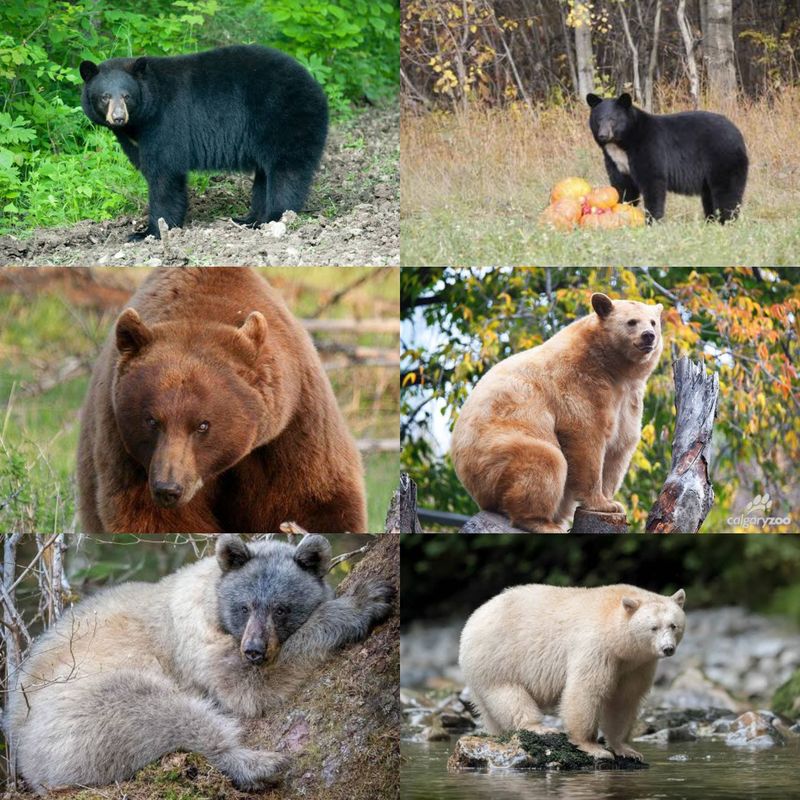
American Black Bears are not always black. Their fur can range from black to brown, cinnamon, or even white in some rare cases. These color variations are not just random but are influenced by their habitat and diet. For instance, bears living in forested areas tend to have darker coats to blend with the shadows, while those in open fields might be lighter. Such color diversity helps them adapt to different environments, providing a survival edge. Next time you spot a bear, remember that its hue might be more than just a fashion statement!
Hibernation Mysteries
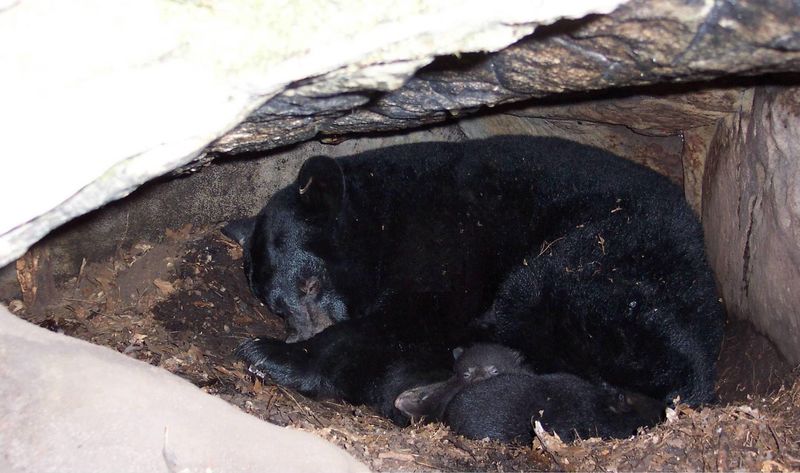
Did you know black bears hibernate in a unique way? Unlike other animals, they can go without eating, drinking, or even urinating for up to seven months! During hibernation, their body temperature only drops slightly, allowing them to quickly awaken if threatened. Scientists study this process to learn about potential medical applications for humans. This incredible hibernation ability showcases the bear’s adaptability to harsh winter conditions. As they rest in their cozy dens, black bears exemplify the resilience and resourcefulness needed to survive seasonal challenges.
Dietary Flexibility
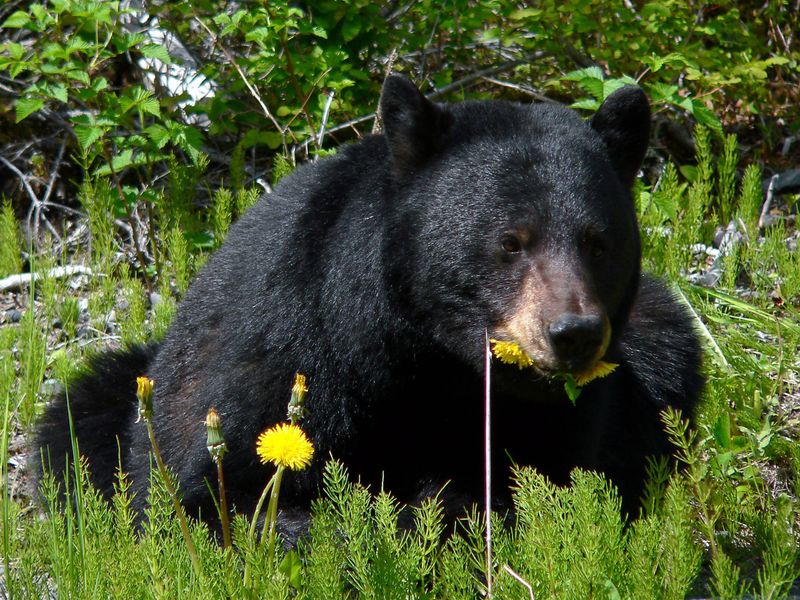
The diet of a black bear is surprisingly varied, making them omnivorous creatures. From berries and insects to fish and small mammals, they consume what’s available, adapting to seasonal changes. This flexibility not only helps them survive in diverse environments but also plays a crucial role in forest ecology. By dispersing seeds and controlling insect populations, they contribute to maintaining ecological balance. Observing a black bear’s feeding habits can offer insights into their intelligence and adaptability in finding food sources, proving their role as essential ecological participants.
Climbing Expertise
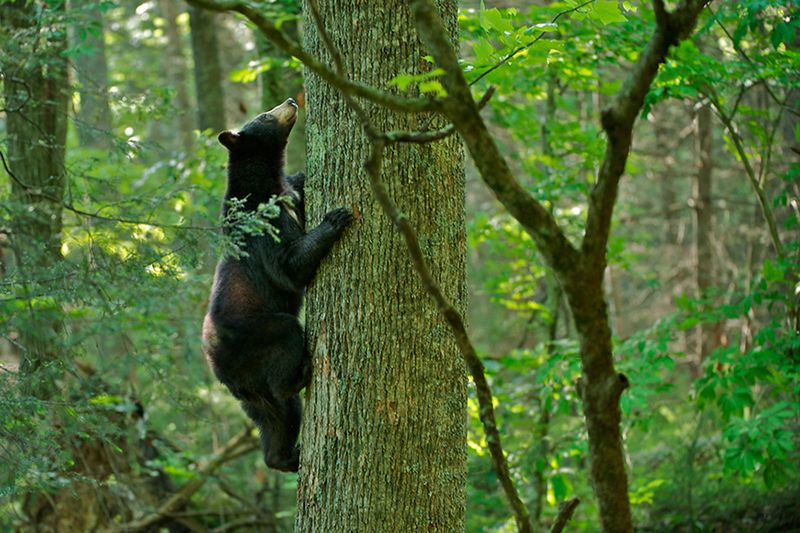
With their powerful limbs and curved claws, black bears are exceptional climbers. They can ascend trees with speed and grace, a skill often used to escape predators or find food. This climbing prowess is particularly evident in younger bears, who practice by scampering up trees for fun. Such agility not only provides safety but also showcases their playful nature. Their ability to navigate vertical landscapes demonstrates a remarkable adaptation, reflecting their intelligence and physical strength. So, next time you’re in bear country, look up—you might just spot one!
Communication Skills
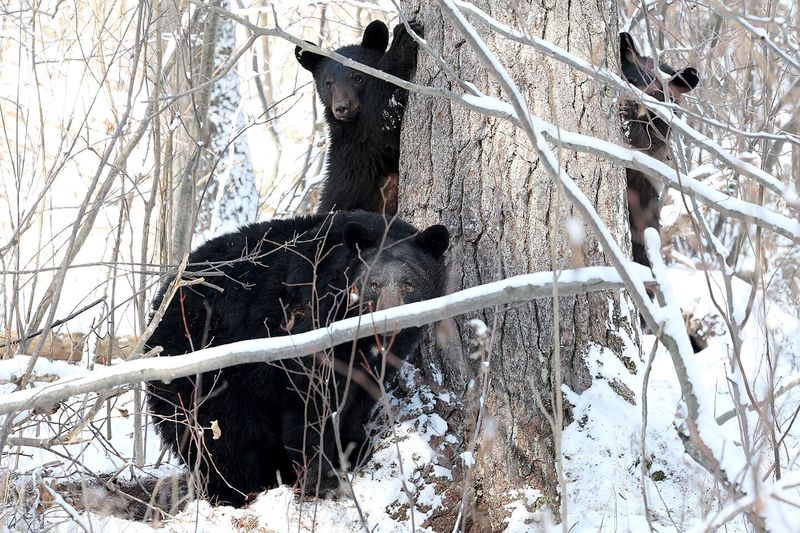
Black bears have a complex communication system, using vocalizations, body language, and scent markings. From grunts and huffs to jaw-popping and moans, these sounds convey warnings, attract mates, or signal distress. Body language, like standing on hind legs, also plays a crucial role in their interactions. Their use of scent to mark territory further illustrates their intricate social behavior. Understanding these communication methods offers a glimpse into their social structures and intelligence. It’s not just growls and grunts—black bears have a language all their own!
Parental Dedication
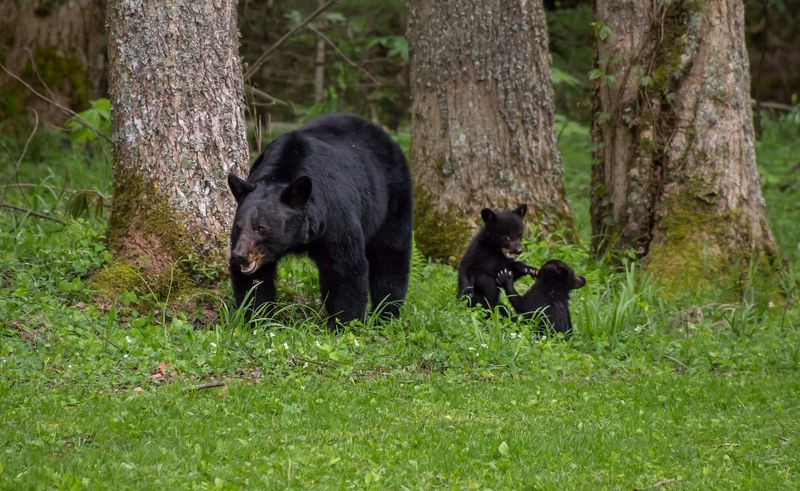
Mother black bears are known for their dedication and care, nurturing their cubs with unwavering attention. From teaching them to forage to defending them from threats, these mothers ensure their young’s survival in the wild. Cubs stay with their mothers for up to two years, learning essential skills for independence. This maternal bond is a testament to the bear’s social complexity and emotional depth. Observing a mother bear with her cubs reveals a touching side of these powerful creatures, reflecting the nurturing aspect of their nature.
Incredible Sense of Smell
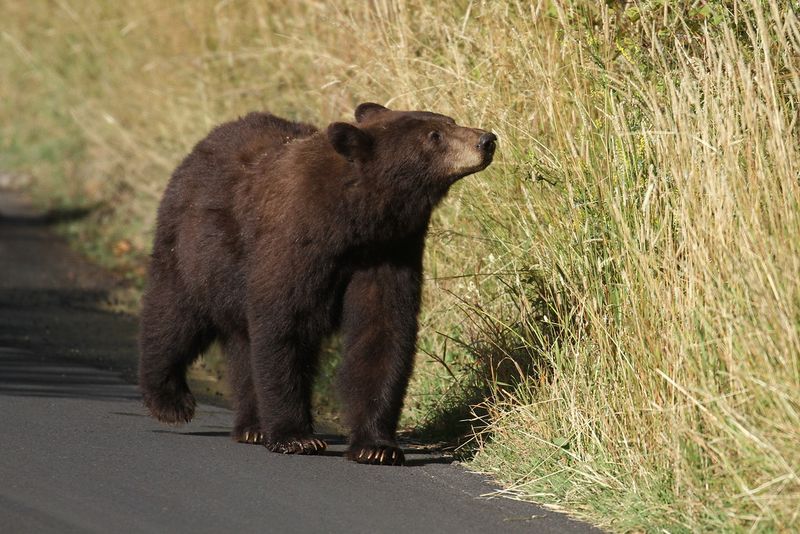
Black bears possess an extraordinary sense of smell, believed to be seven times stronger than a bloodhound’s. This keen ability allows them to detect food from miles away. Whether it’s locating berries or sensing danger, their olfactory prowess plays a vital role in their daily lives. Such an acute sense of smell not only aids in finding food but also helps in communication and navigation. This remarkable trait underscores their survival skills and adaptability, highlighting how they thrive in diverse environments.
Longevity and Survival
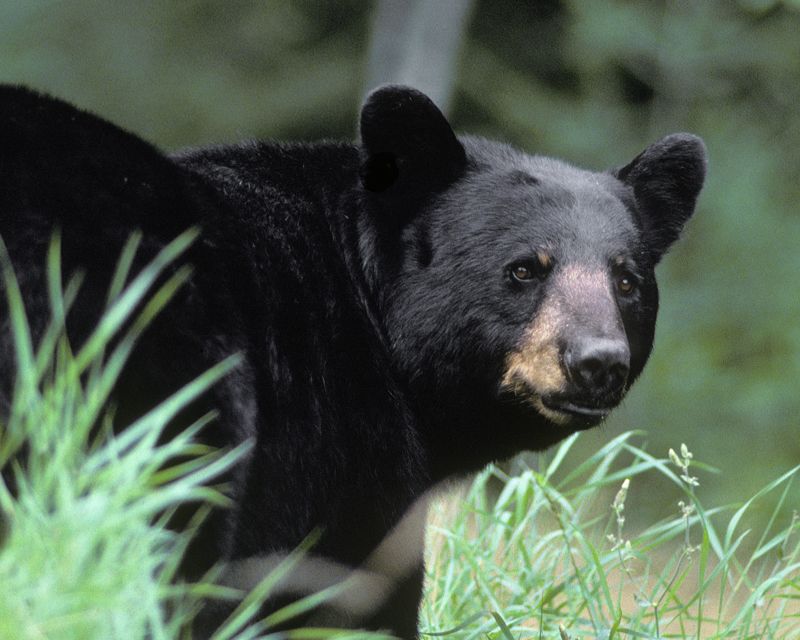
Black bears can live up to 30 years in the wild, showcasing their resilience and adaptability. Their long lifespan is attributed to their varied diet, ability to hibernate, and skillful avoidance of danger. Older bears often become wise survivors, teaching the younger generation essential survival techniques. This longevity is a testament to their evolutionary success and adaptability. Observing an elder bear gracefully navigating its habitat offers a sense of awe and respect for these enduring creatures, symbolizing nature’s wisdom and tenacity.
Role in Ecosystem
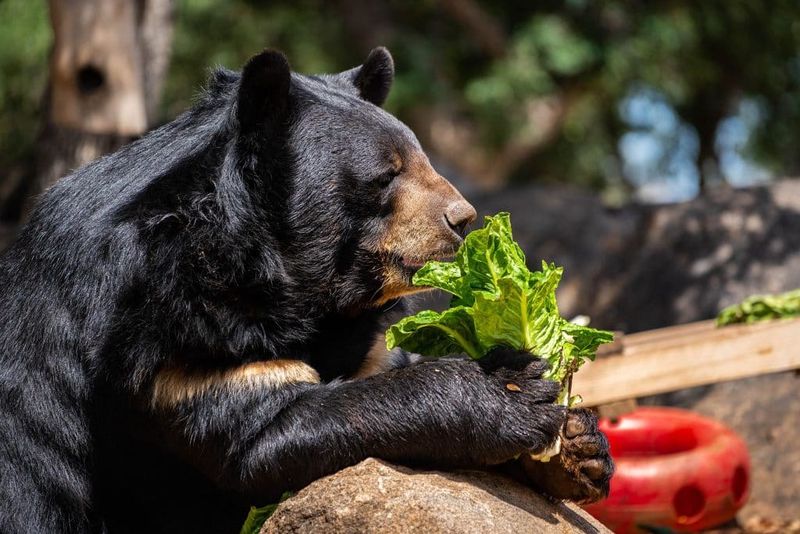
Black bears play a vital role in their ecosystems, acting as both predators and prey. By controlling certain animal populations and spreading seeds, they help maintain ecological balance. Their presence indicates a healthy environment, reflecting biodiversity. As keystone species, their impact on the ecosystem is profound, influencing everything from plant growth to animal behavior. Protecting black bears ensures the preservation of entire ecosystems, highlighting their importance beyond mere survival. Their ecological significance extends to preserving the delicate balance of nature itself.
Cultural Significance
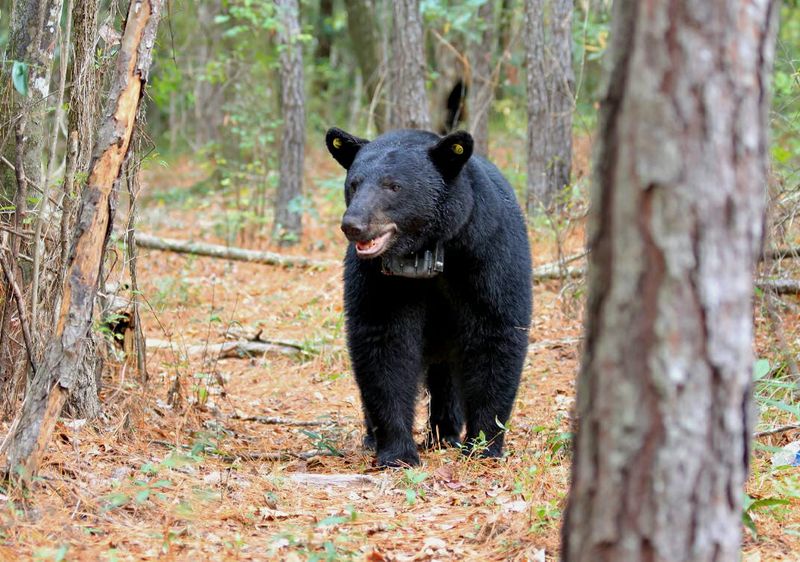
Throughout history, black bears have held significant cultural importance, especially among Native American tribes. Regarded as symbols of strength, courage, and wisdom, they feature prominently in folklore and ceremonies. Their imagery adorns artifacts, representing spiritual connections and ancestral ties. This cultural reverence highlights the deep respect and admiration for black bears, reflecting their role beyond mere wildlife. Understanding their cultural significance offers insights into human-nature relationships and the enduring legacy of these majestic creatures in various traditions.

